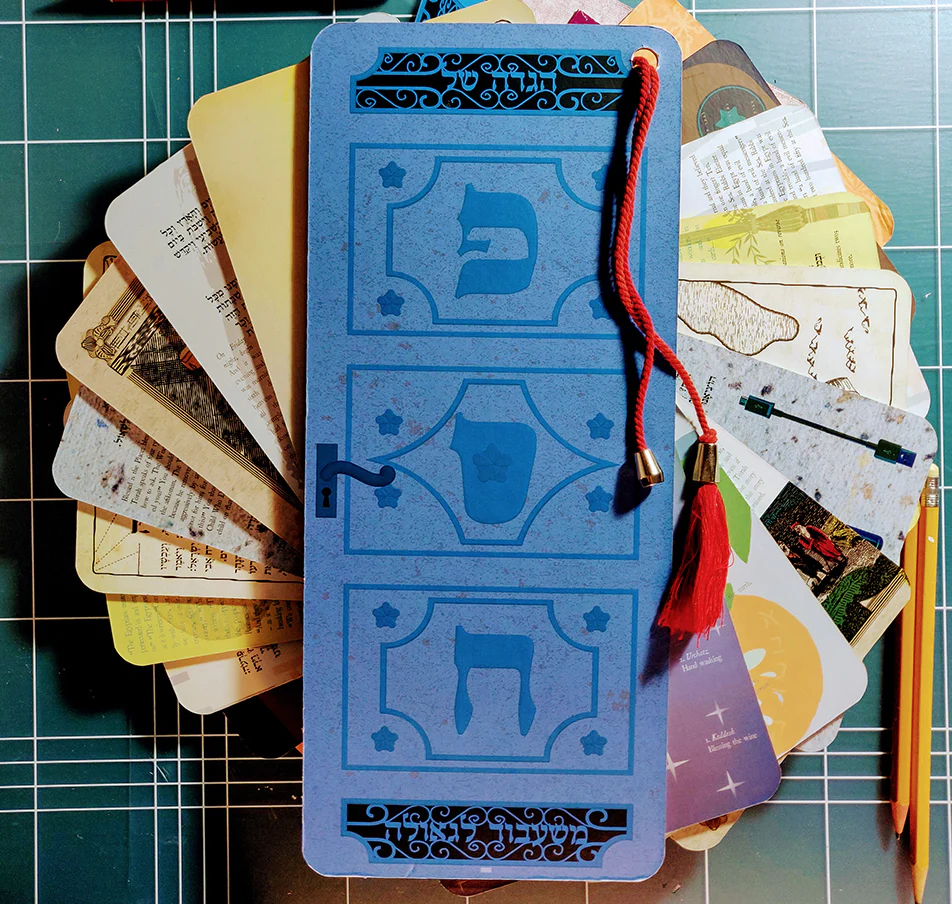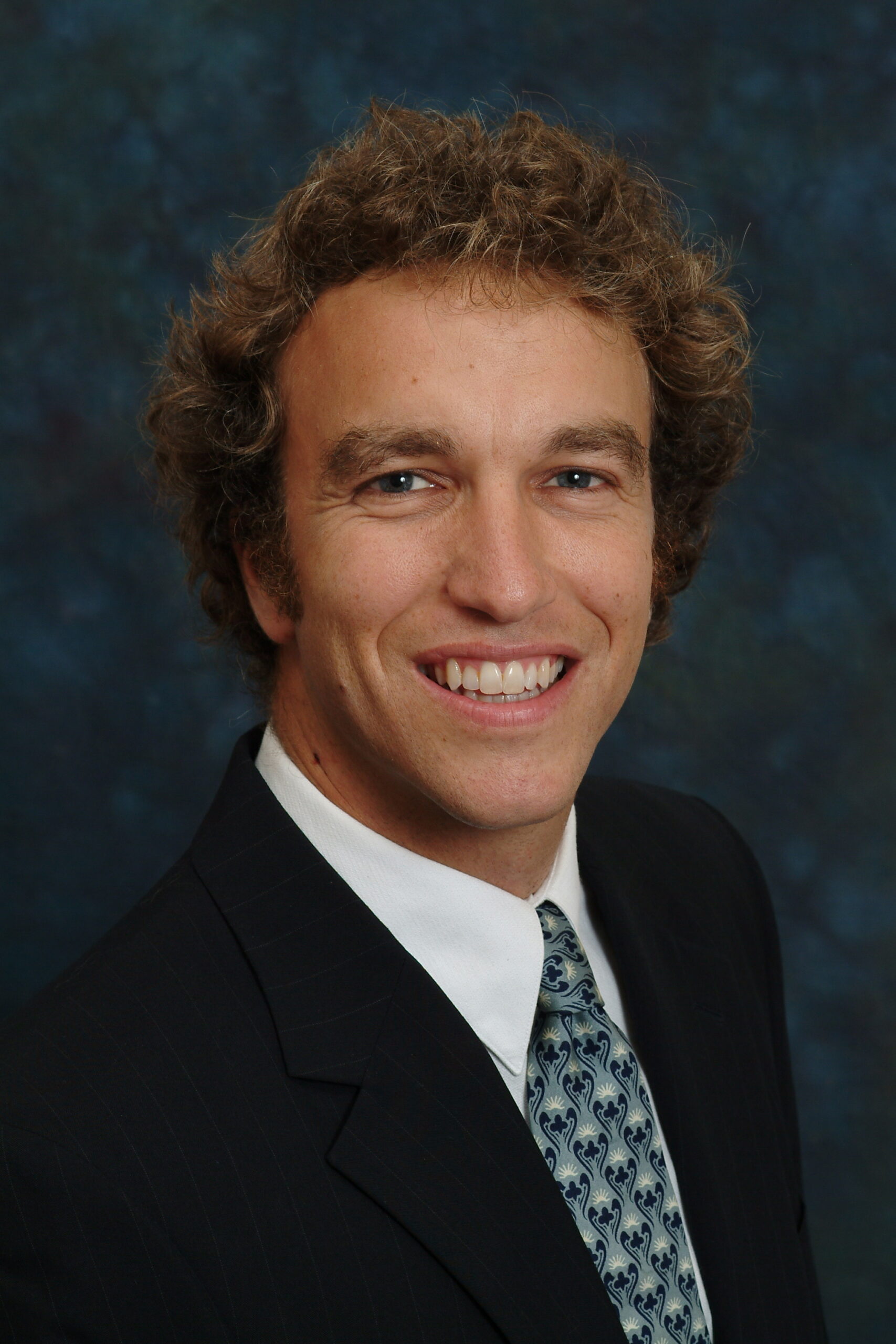One question Jews often ask each other the morning after the first Passover Seder is how late their respective evenings lasted. The responses can sound like brags: “It was 10 p.m. before we even got to the matzah ball soup!” There’s a history to this question. It is not asked only because of the length of the Haggadah or the specificity of all the ritual requirements, but because we have this sense that a successful Seder is one that has the participants mining the ceremony for relevance until late into the night.

And in case a proof text is needed, it is this, appearing near the beginning of the Maggid section: “Anyone who expands on the telling the story of the exodus from Egypt — behold they are praiseworthy.”
Immediately after the statement praising the one who expands on the telling, the Haggadah relays the anecdote of the five rabbis in Bnei Brak who get so caught up in their telling the story that they do not realize that they have been up all night and that it is time for morning prayers. We can’t know the content of their Seder (one possibility is that these five rabbis, living under Roman oppression at the time, were arguing about revolution), though one assumes that whatever they were doing illustrated this call to expand.
I remember Rabbi Yael Levy in her translation of the Psalms, rendering yeshuah (usually translated as “salvation”) as “expansion.” I like applying this to the Seder, because it seems to suggest that our expansion of the Passover narrative is not just about adding fanciful flourishes to the story, but that somehow our collective fate hinges on our ability to make this text larger.
Anyone who expands on the telling the story of the exodus from Egypt — behold they are praiseworthy.
So where is this ancient story of suffering and the release from suffering leading us? What would it mean to expand this story? And crucially, what is at stake in how we tell it this year — a year of war and fear and fractious debate within the Jewish community and beyond?
It is easier in less frightening times to nod towards the suffering of the other and to glibly state that our freedom is bound up in the other’s freedom. It is easier in less frightening times to avoid certain conversations at the table for the supposed sake of harmony.
But the Seder was made for times like those we are experiencing this year.
This is precisely because we don’t expand on the story on our own. The Seder table is the appropriate place for conversations around Israel and Palestine, but only if we subscribe to an initial edict that none of us gathered is in possession of a clear, unvarnished truth. The setting itself is unambiguously relational. It makes us look around the table to see other human beings who cannot be reductively categorized. This is not to say that we relativize critical and fundamental disagreements between us; but rather, that we humanize those involved in the conflict when we humanize those with whom we are discussing the conflict. This humanization is expansive.
The table is a microcosm, but even so, we need to consciously look beyond the table as well. This year I’m imagining that we expand on the story of the exodus when our own personal suffering, instead of shutting us down, expands to make room for the suffering of others; when our own collective Jewish suffering, instead of shutting us down, expands to make room for the suffering of other peoples. There is no one right way to expand on the telling, and none of this is meant to translate into any one particular policy stance or opinion. It just means that there is a shared intention to not turn away from the bandaged places — or try to justify or explain them away. Rabbi Ira Stone has written about the importance of reading a text until it reads ethically. That doesn’t mean whitewash problematic texts. Instead, read them until the text spits us out in a place where we are cognizant of the other in a new way.
The Haggadah itself is strange. It doesn’t tell the story of the going out of Egypt in a straight-forward way; instead, it gives us layers of stage directions, psalms, rabbinic anecdotes, dark nursery rhymes and prophetic exhortations. It could have told the story of the Exodus in a more direct fashion, but its weirdness is precisely its multivocality — voices from different times and places. In this respect, the Haggadah seems to short-circuit any attempt at binary thinking.
The going out of Egypt is consistently mentioned in our daily liturgy, but our sages knew that this repetition could have a numbing effect, and so once a year, we enact it. The annual embodiment that is the Seder was a brilliant invention, but it strikes me that it was also a risky thing to codify given what the retelling can stir up in us, given all the different ways the story can be heard and interpreted.
In this sense, maybe the core prayer of the Seder is that our suffering brings us towards others. This story is too big-hearted to be relegated to the tribal and particular, though that is its source and root. How else to understand the language of expansion? And maybe we can merit the brag, when asked what time our Seder ended, that it is still going.

Joshua Boettiger is the Jewish Chaplain and Visiting Assistant Professor of the Humanities at Bard College. He is also the Rosh Yeshiva at the Center for Contemporary Mussar.









